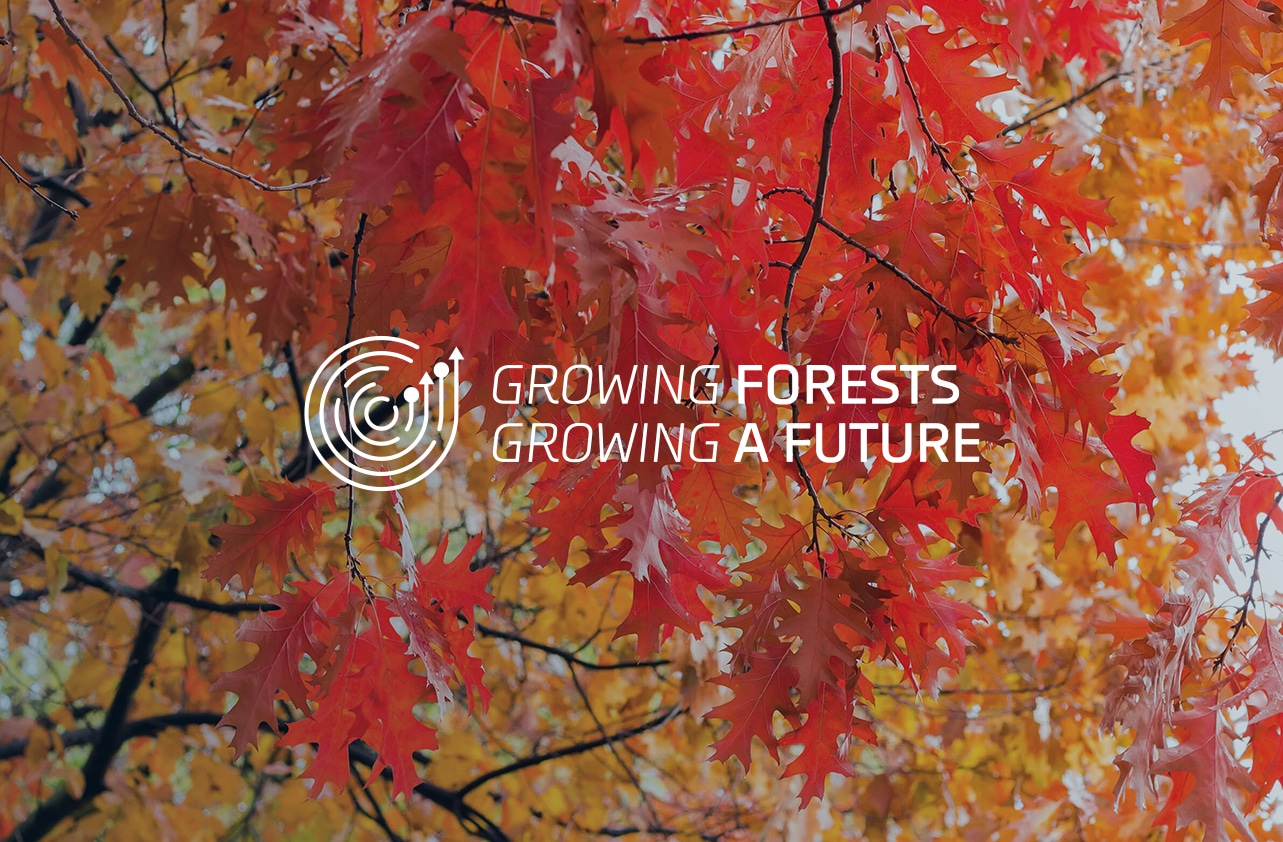Over the next few months, watch out for the Tree Profile Series! This is our fourth in the series: looking at the mighty Red Oak.
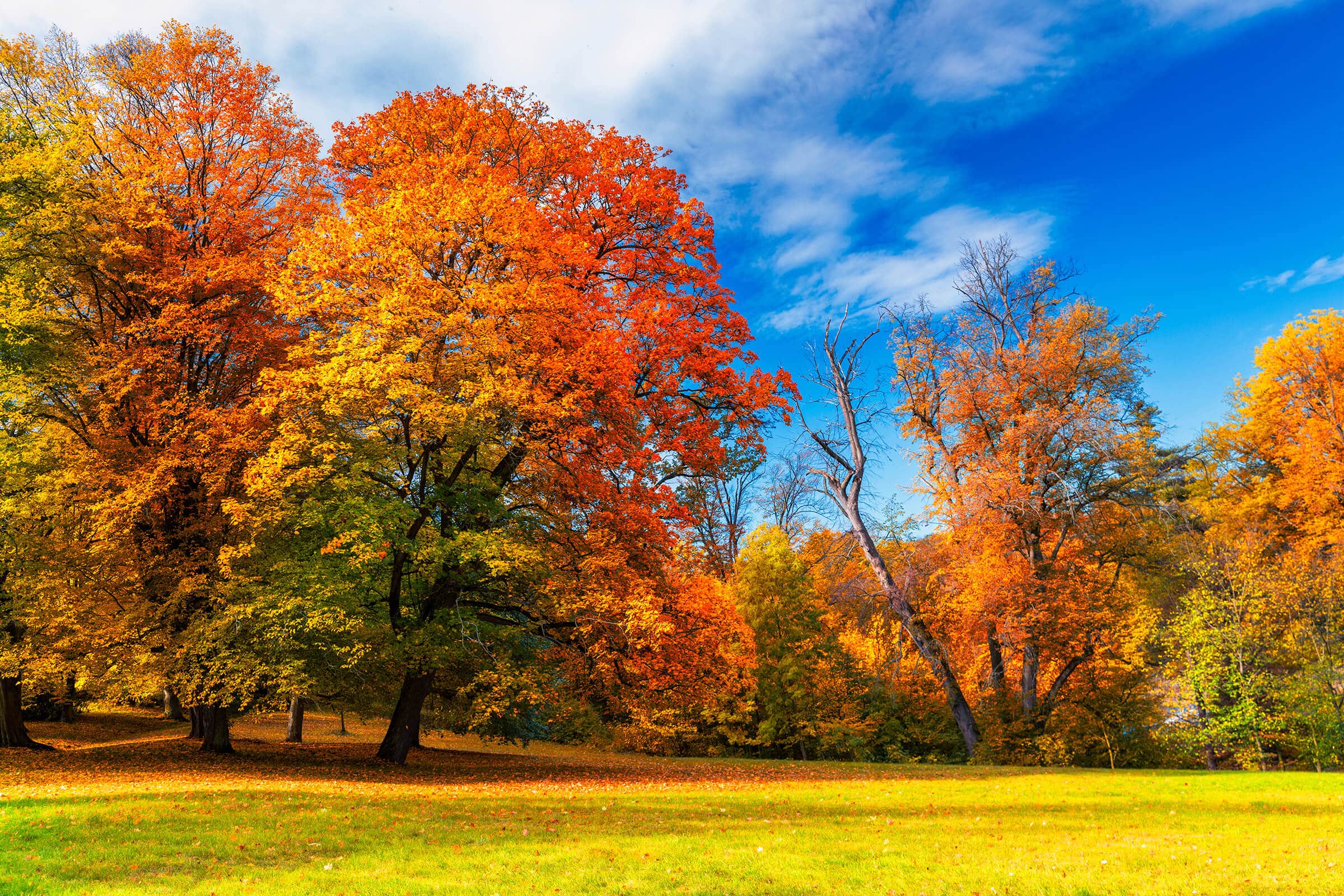
The Red Oak is also often referred to as the Northern Red Oak or the Grey oak. It is native to eastern North America but is all over the European continent. In the right conditions, it can age to 500 years old—but infrequently due to it needing a lot of space to spread out.
In the warmer months it is green but the foliage turns a stunning red in autumn.
Latin/horticultural label: Quercus rubra B.A. Sm. & Abbot
Size: 23 metres in height, with a 18-metre (canopy diameter) and 1-2 metre trunk diameter
Type: Deciduous hardwood
Sun Exposure: Full to partial sun
Soil Type: Sandy, well-drained soil but has some drought tolerance
Soil pH: Acidic
Native to: North America
Red oak thrive in climates with annual rainfall between 760 and 2,030 mm. It can tolerate cold temperates of -41 but enjoys 4-16°C average temps. It prefers deep sandy loam soils and does not like wet to very fresh soils. It has low lime tolerance but base-rich soils are good for its cultivation. The red oak does not tolerate stagnant water or prolonged flood conditions.
The oak leaf is distinct:
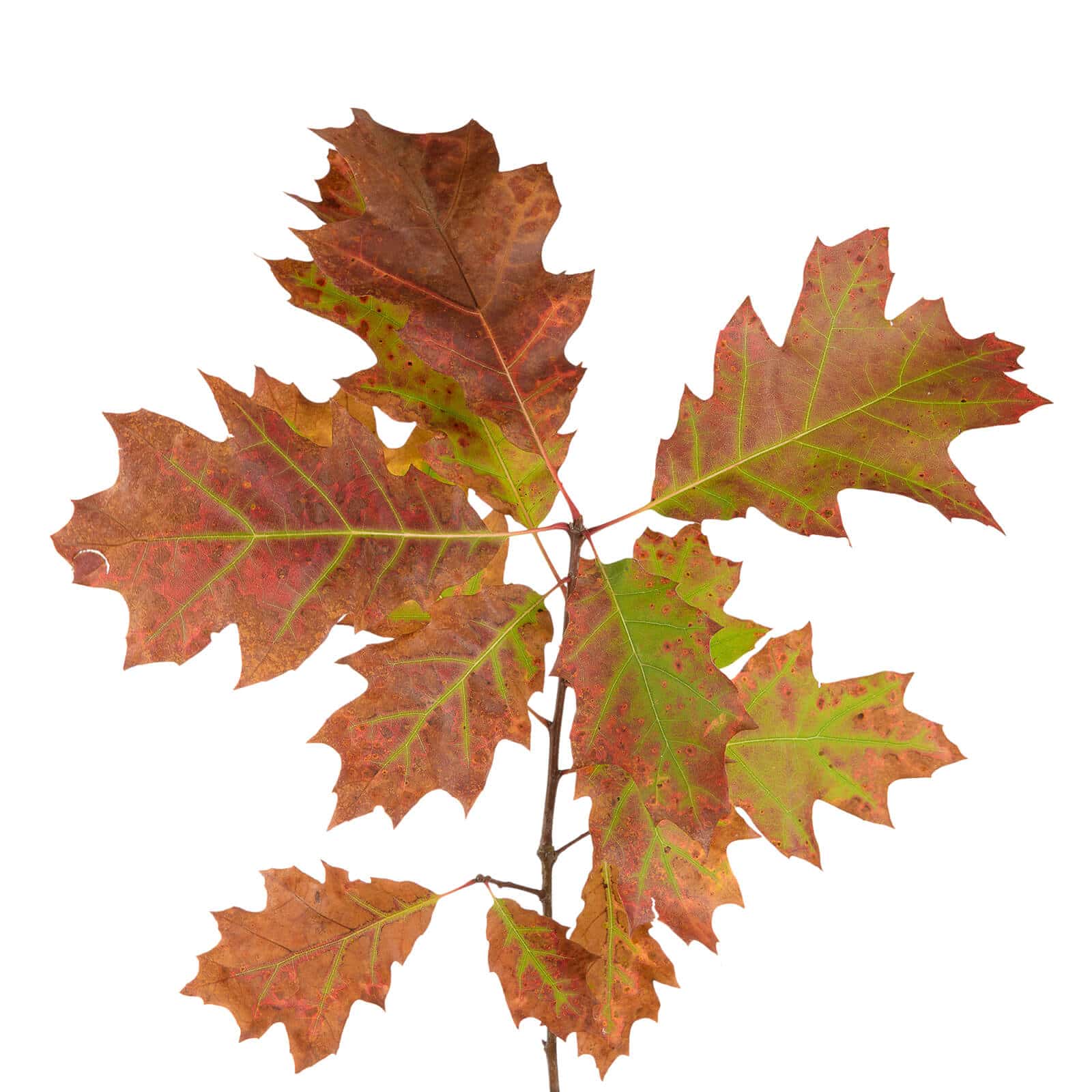
It is highly competitive with European native tree species; however, with age, the growth performance decreases compared with native species. It grows well when mixed with the European beech, winter lime, hornbeam, spruce and the Douglas fir.
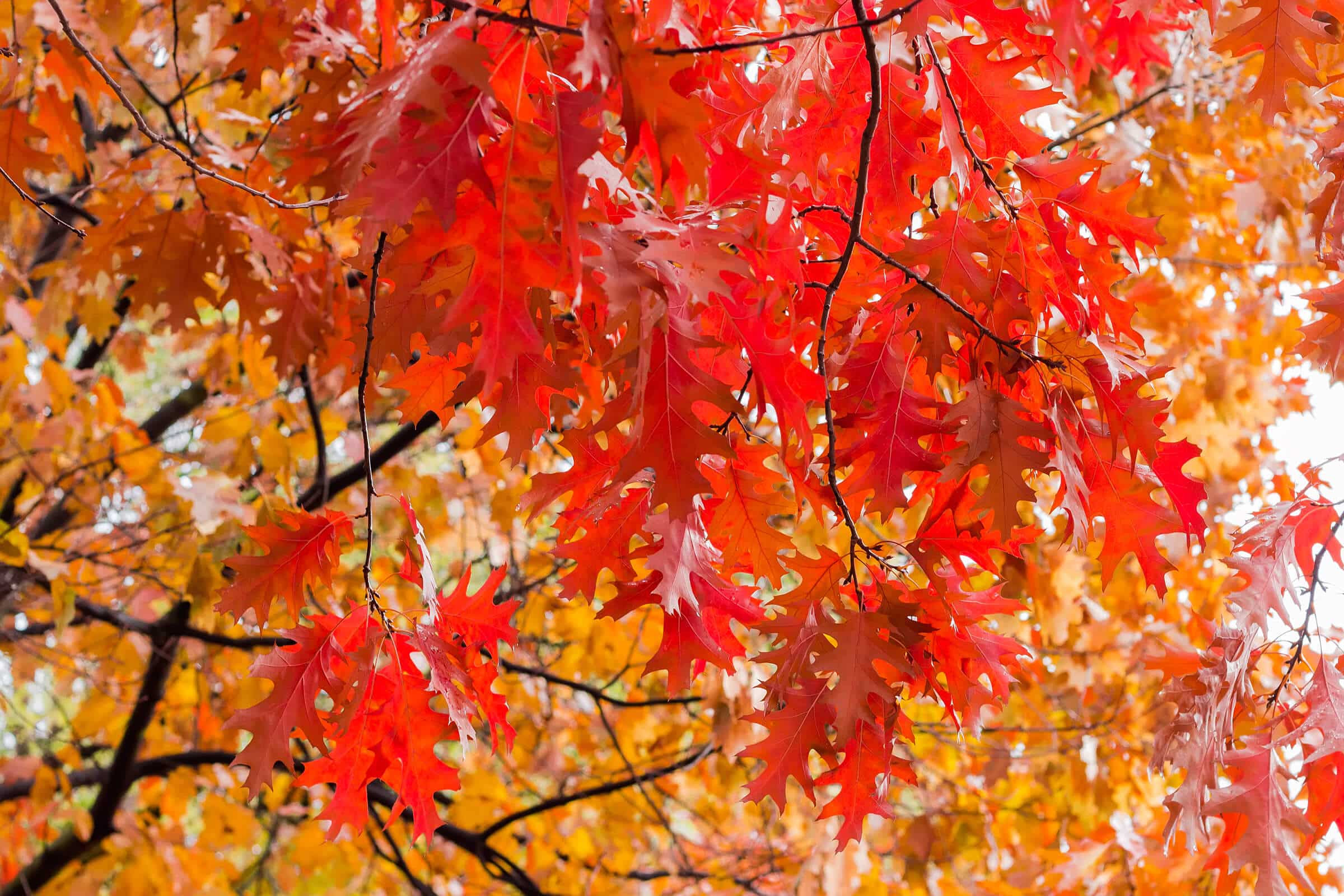
Propogation
The Red Oak produces distinct flowers. Catkins, slim, cylindrical flower clusters (see image below) that hang down from the leaves are male. While female flowers are tiny and can be either grouped in a cluster or randomly single.
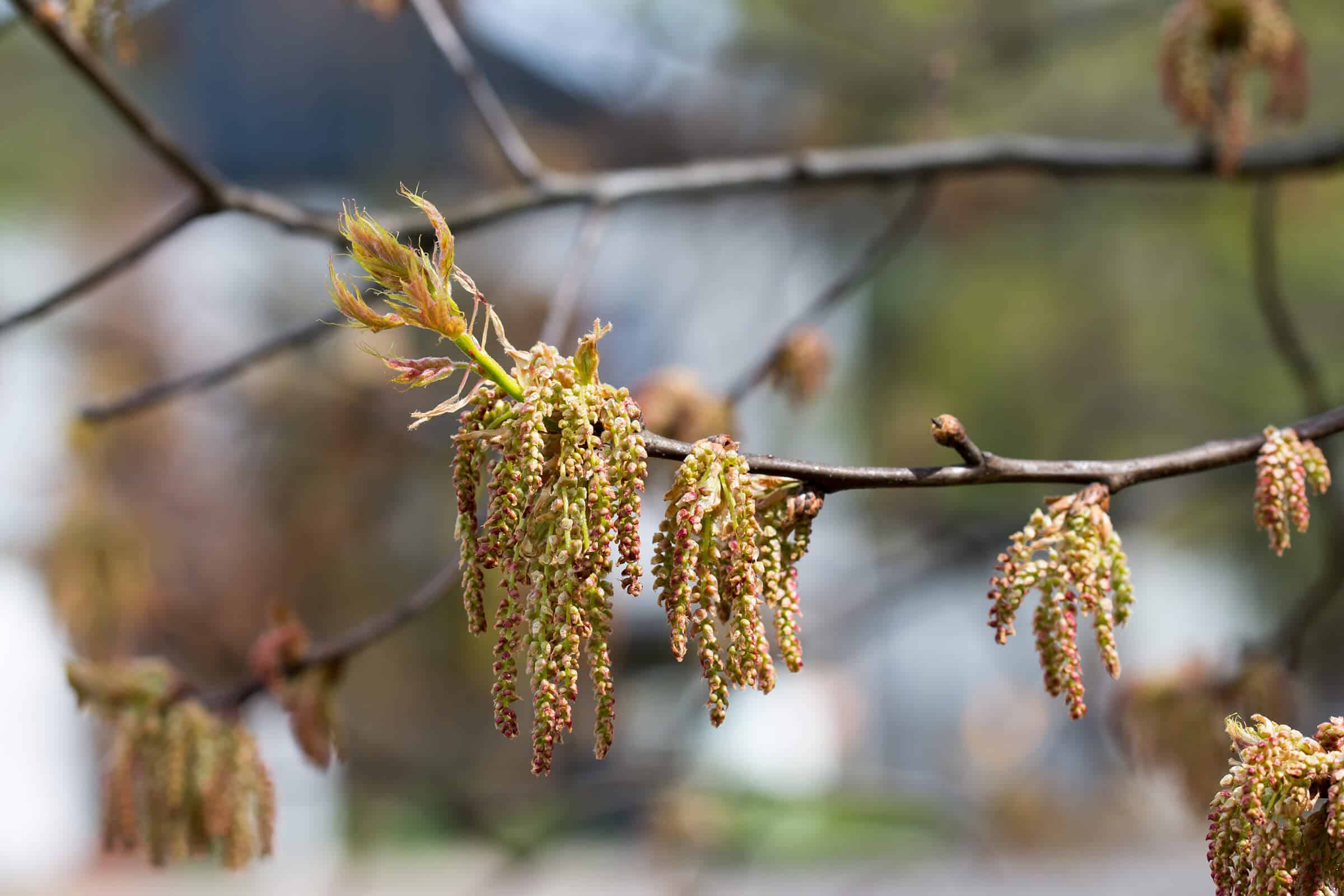
The Red Oak only starts proper fruitification after 50 years of age. They do not fruit every year—typically they fruit in 2-5 intervals. If the forest stand is dense, many seeds die as they need plenty of sunlight to germinate.
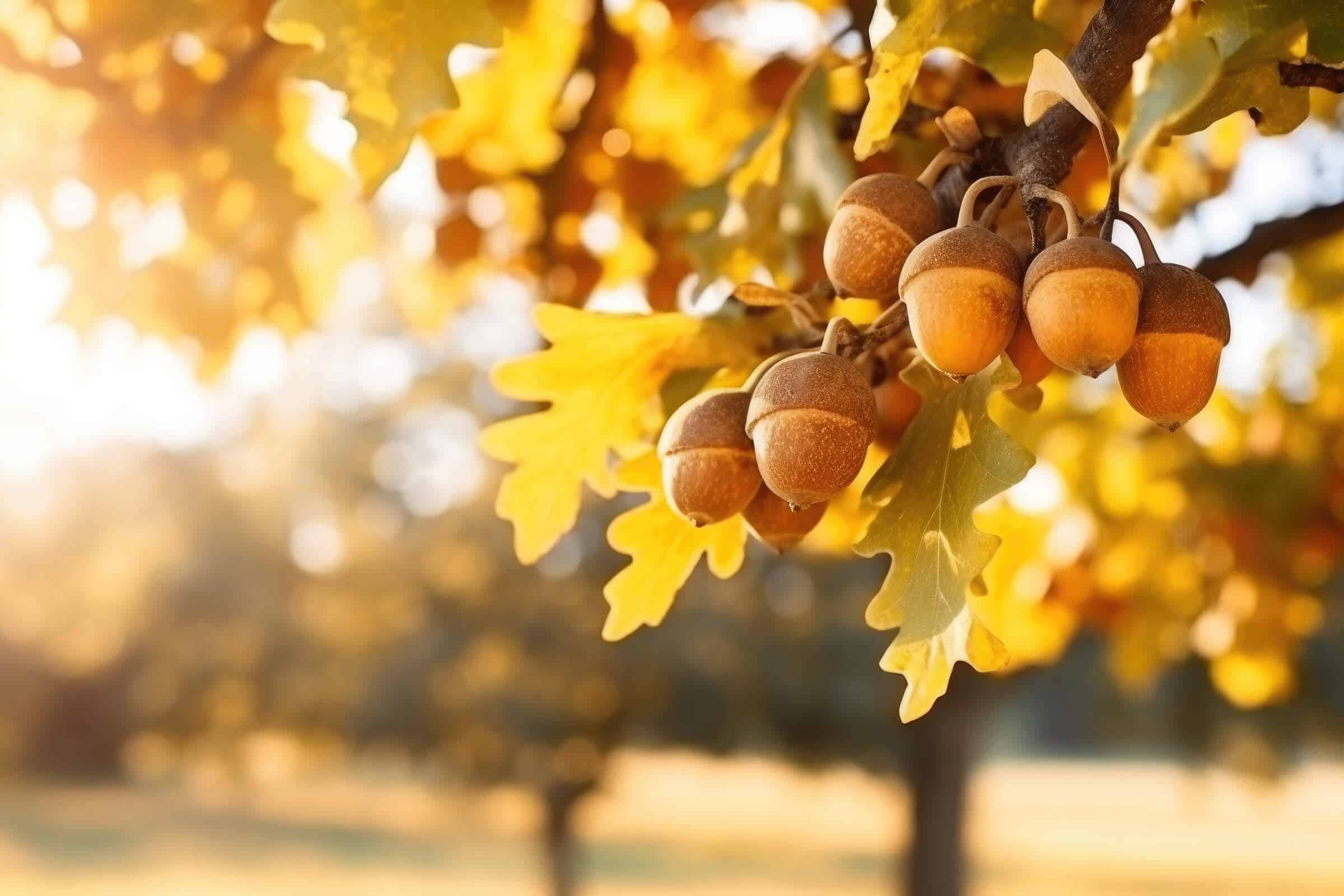
Due to the size and shape of the oak seeds, also called acorns, they are easy to artificially grow in nurseries. This makes them popular as seedlings, in reforesting efforts in Europe. They adapt fairly well to the climate in Germany, particularly in mountainous regions where the soil has better drainage.
Cultivation in Germany / Wood Usage
Because of its changing colours, it is a popular plant in urban planning. However, it’s large size as it grows is problematic when the roots bring up roads and paths. They thrive in mixed forests as there is more room for their roots and canopy to spread out.
It is the most popular hardwood in the United States and increasingly also in Europe. It is a popular choice in cabinet and furniture making. It is not a popular outdoor construction/furniture option. It is also an often used flooring material and is imitated laminate flooring. It is highly sought after in Germany.
It is a popular art motif due to the acorn and its little cap—it features in fairytales and children’s stories.
Weaknesses in Germany
The red oak tree is not susceptible to the European spruce bark beetle, but it has poor insect resistance. Red oak does not have the level of decay and rot resistance of the white oak.
- Mushrooms (oak wilt)
- Bark beetles
- Root adhesions
- Armillariella mellea
- Wound parasite Stereum rugosum
- Bulgaria polymorpha
- Pezicula cinnamonea
- Root rot (gymnopus fusipes)
For more info visit Waldwissen.

